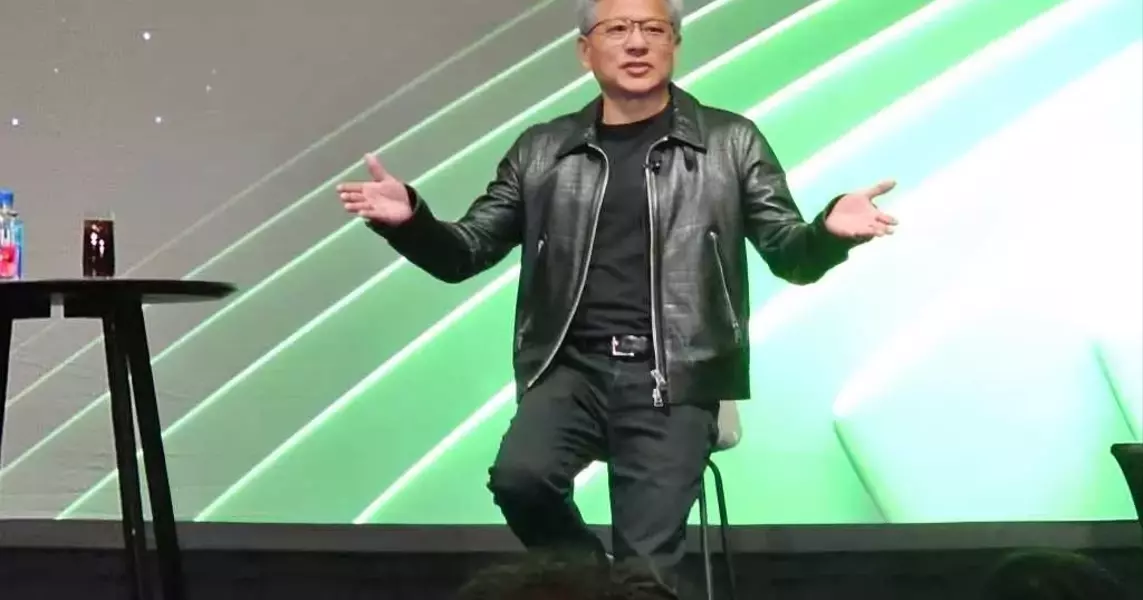Nvidia CEO Dismisses Fully AI-Generated PC Games

During a recent press conference at CES, Nvidia's CEO Jensen Huang addressed concerns about the future of PC gaming graphics in an era increasingly dominated by artificial intelligence. While acknowledging the rapid advancements in AI technology, particularly with Nvidia’s DLSS 4, Huang firmly believes that fully AI-generated games will not replace traditional rendering methods. He emphasized the importance of context and conditioning in AI generation, ensuring that the final product remains grounded in artistic intent and precision.
Huang also highlighted the collaborative role between human artists and AI, suggesting that while AI can enhance and optimize certain aspects of game development, it cannot entirely replace the creative process. The discussion delved into how Nvidia's latest technologies balance AI and traditional rendering to achieve optimal performance without compromising on quality or creativity.
The Role of Context in AI-Enhanced Graphics
Huang explained that for AI to effectively contribute to video game graphics, it must be guided by contextual information. This context ensures that AI-generated elements align with the intended narrative and spatial requirements of the game world. By providing initial geometry and textures, developers can condition AI to generate additional frames accurately, maintaining coherence within the game environment.
In more detail, Huang compared this process to how ChatGPT uses Rapid Retrieval, Augmented Generations (RAG) to guide textual output. Similarly, in the realm of 3D graphics, AI requires grounding through what he termed "3D grounded condition generation." This means that AI needs to understand the spatial and narrative context before generating additional content. For instance, in DLSS 4, Nvidia's GPU rasterization engine renders only one out of every four frames, yet the resulting images remain precise and contextually relevant. This approach significantly reduces the computational load while preserving the quality and integrity of the visual experience.
Collaboration Between AI and Human Creativity
Huang stressed that AI's role in video game development should complement rather than replace human creativity. Artists and developers bring unique insights and intentions that AI cannot replicate. Huang pointed out that while generative AI has made significant strides, it still relies on human input to provide the necessary context and conditions for effective content creation.
He further elaborated that in the future, AI will continue to play a supportive role in various aspects of game development, from pixel rendering to complex animations and detailed textures. However, the essence of storytelling and artistic expression will always require human oversight. Huang concluded by emphasizing that the future of gaming lies in harnessing the strengths of both AI and human creativity, ensuring that technological advancements serve to enhance rather than diminish the artistic vision behind video games.